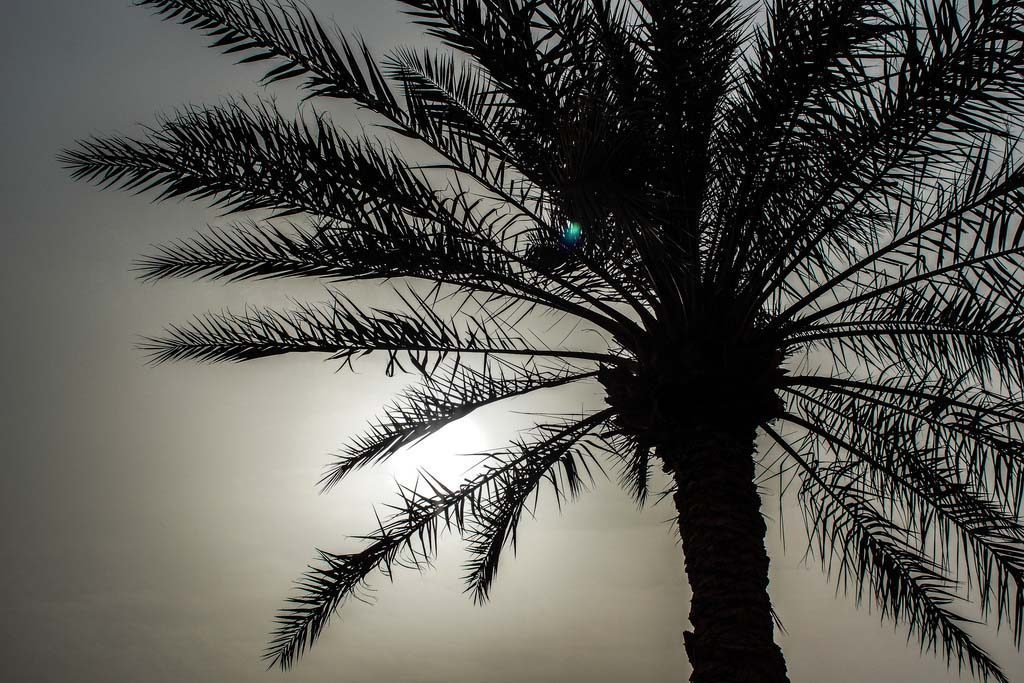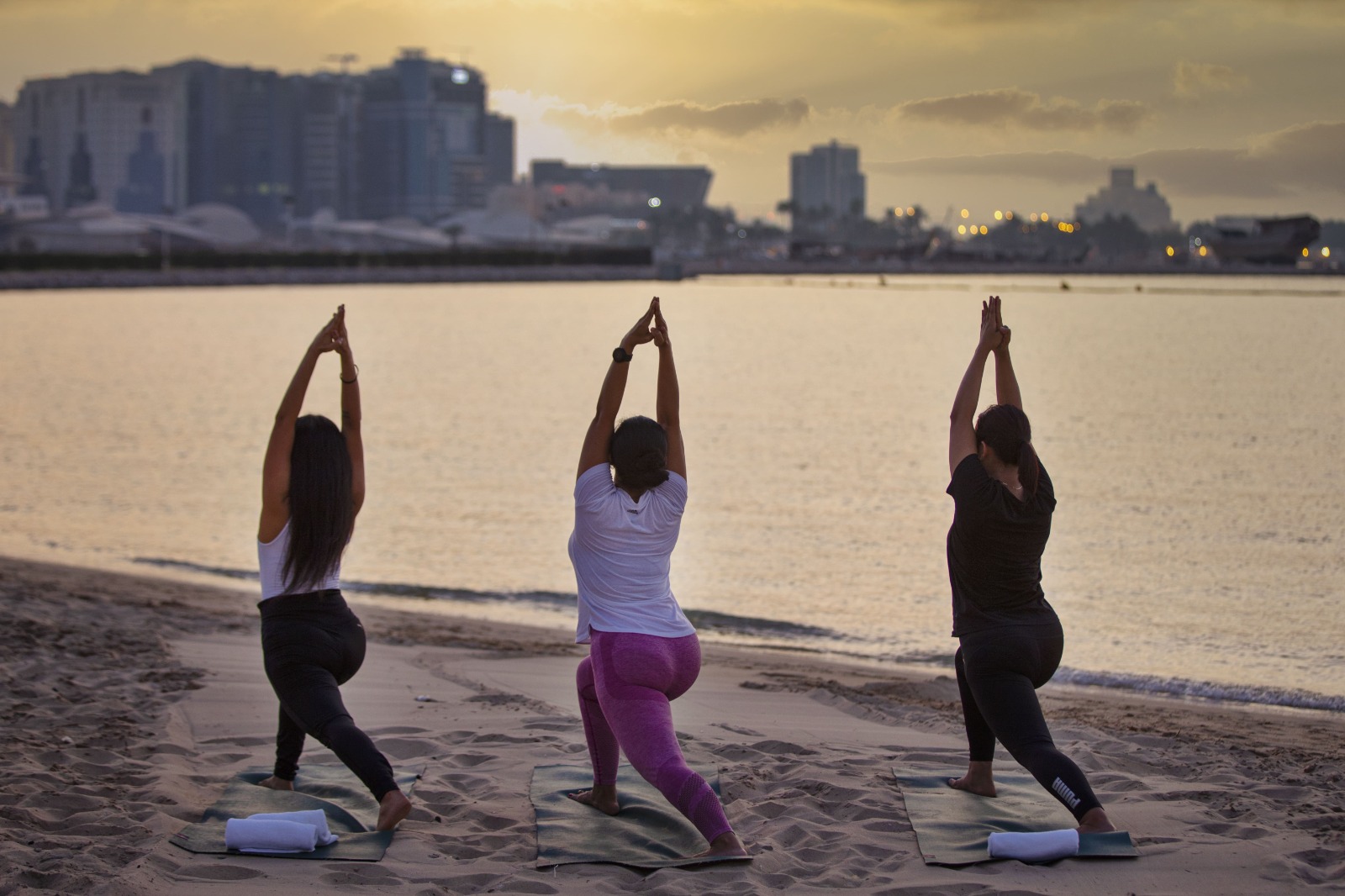
As dust and sand continue to swirl around Qatar, the nation’s Supreme Council of Health (SCH) has issued an advisory recommending that residents remain indoors as much as possible today to avoid exposure.
In a statement on QNA, the SCH said that the elderly, those with asthma and lung ailments and people who have recently undergone eye and nose surgery should especially take care.
According to the Qatar Meteorology Department (MET), strong winds and poor horizontal visibility are expected throughout the day, due to the blowing of dust, which can be seen below:
. @MetQatar مقارنة بسيطة لصور الأقمار الاصطناعية توضح لنا تراجع كمية الغبار على البلاد و تكون لسحب فوق السعودية pic.twitter.com/dD1vcC8Qti
— أرصاد قطر (@qatarweather) April 5, 2015
Temperatures will reach a maximum of 35C (95F) and a minimum of 24C (75F).
Health tips
To avoid falling ill, the SCH recommends ensuring windows/doors are properly closed; and plugging holes and gaps in windows/doors with wet towels. Other tips include:
- Frequently washing face, mouth and nose;
- Wearing protective masks or covering nose/mouth with moist tissues to prevent dust from entering the lungs;
- Avoiding rubbing the eyes vigorously;
- Using antihistamines prescribed by healthcare providers if vulnerable to allergies;
- Shifting work schedules around if the job requires being outdoors; and
- Reporting to the emergency department if breathing becomes difficult, eyes are continuously watering or in the event of coughing and asthma attacks.
Air quality
Outside of sandstorm season, air pollution in Qatar continues to be an issue. According to government figures, harmful airborne particles exceed recommended levels in Qatar almost half the year.

However, this is not due to the sand and dust, but instead smaller particles known as PM2.5, which can penetrate the respiratory tract and increase the risk of respiratory infections, lung cancer, heart disease and stroke.
According to the World Health Organization, Doha had the 12th highest average levels of these particles, which often cannot be seen with the naked eye – are made up of heavy metals and toxic organic compounds, and originate from vehicle exhaust, smelting plants and the burning of organic materials.
Larger particles – PM10 – are mostly caused by dust and smoke. In this category, Doha ranked just outside the top 30 worldwide.
Have the recent dusty conditions been affecting your health? Thoughts?







